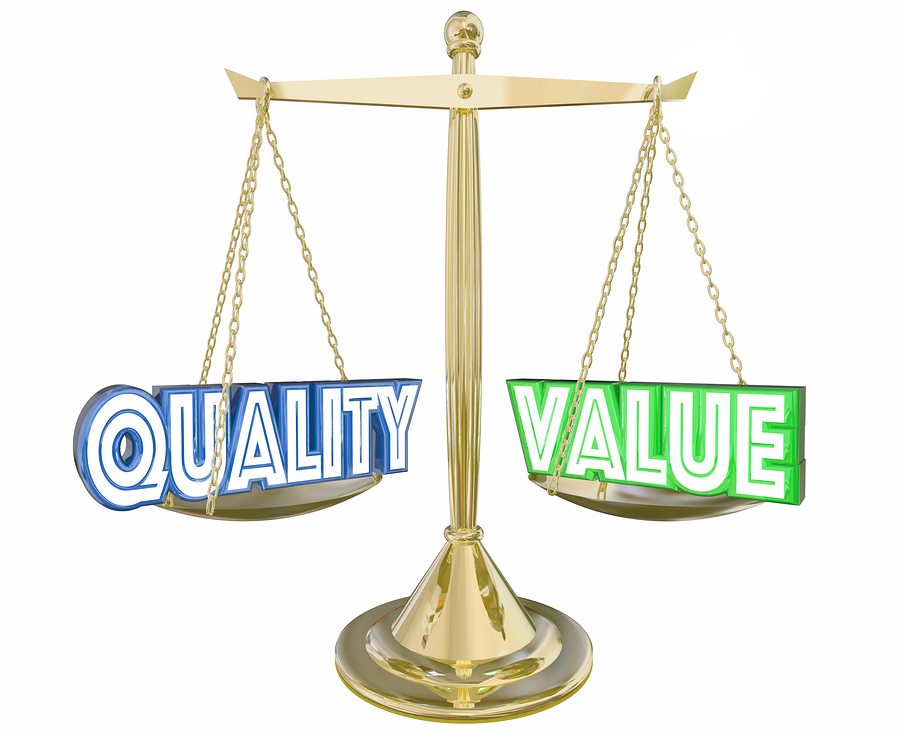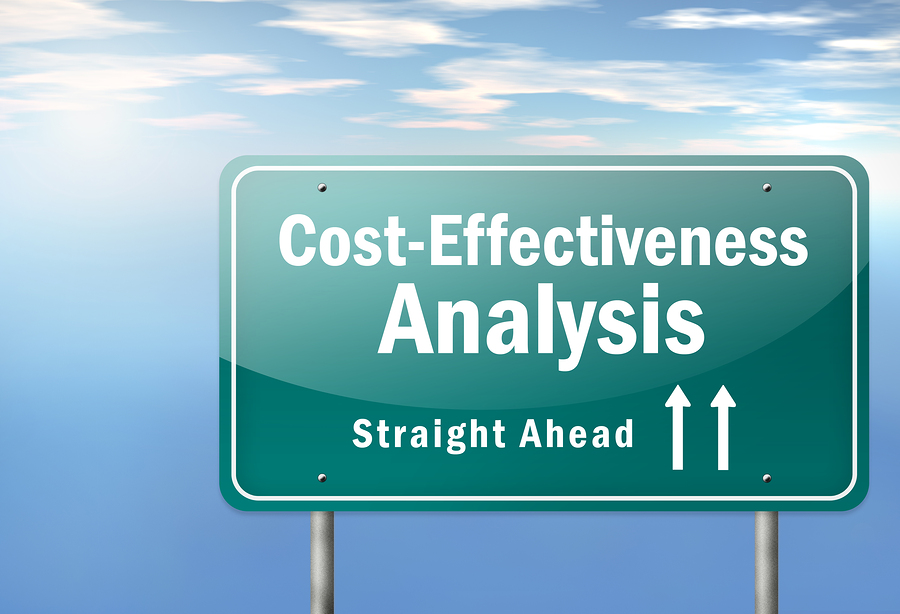Robert T. Yokl, President/CEO, SVAH Solutions
Twenty-five or more years ago, hospitals and health systems (that’s all there was at that time) had committees called Standardization Committees that evaluated and approved the new products, services, and technologies for their hospital or system. The main function of these committees was to limit the number of line items in each category of purchase, keep inventory to a minimum, and of course, obtain the best price through standardization.
The committees contained eight to fifteen members and were made up of department heads and managers who represented all the major departments in the hospital or system. This was the model that was adopted and transitioned into Value Analysis in the mid to late 1990’s. Most of these committees’ responsibilities did not change when hospitals and systems started calling their Standardization Committees Value Analysis Committees. In fact, they still did business the same way while adding a few more responsibilities (e.g., recalls, GPO conversions, etc.). The result being that these Value Analysis Committees continue to operate today in much the same manor that they did in the past. The question is, do we need to change this model?
Moving to the Next Level of Value Analysis Performance
You might be thinking that I am about to throw a bitter spice into the nicely made recipe for value analysis that we have known for decades, but the reality is that our own supply chain industry is being turned upside down. Therefore, we need to take our value analysis programs to the next level of performance beyond standardization and price to meet this challenge. So, what does the next level of performance mean?
Value analysis committees have been operating as extensions of their purchasing departments with an emphasis on standardization and best price, while not performing functional analysis (the core technique of the value analysis methodology) on the products, services, and technologies they are buying. This should be every value analysis committee’s mandate. By not doing so, these value analysis committees are missing an opportunity to save, on average, 3% to 7% on your hospital or system’s total supply budget beyond price and standardization initiatives.
The Search for Lower Cost Alternatives
The classic definition of value analysis is the study of function and the search for lower cost alternatives. As previously stated, standardization and best price should be the province of your purchasing department, once your value analysis committee has decided on the most appropriate lowest cost alternative product, service, or technology.
For example, if a department requests a new catheter kit, the first thing that needs to be accomplished by your value analysis committee is to perform a functional analysis of the kit components starting with the highest cost component (e.g., the Foley catheter) which functionally drains the bladder. Then, brainstorm ideas that can reduce the cost of the components or kit that will provide equal or greater reliability and functionality.
Maybe you could substitute two sterile gloves for one, eliminate a component, or search for a generic kit versus custom. The result being that you will save, on average, 26% of the cost of the current tray vs. just standardizing and obtaining the best price on the tray that was requested. Standardization and price strategies will only yield 1% to 3% savings on your hospital or system’s overall supply budget.
Follow the Classic Tenets of Value Analysis
If you have been paying attention lately, your standardization and price savings is slowly disappearing. Just the other day, we calculated that a respected regional GPO savings for a year for its members was only 1.4%. This is meager savings when you consider that your value analysis savings could be savings and additional 3, 7 or even 15% annualized if you follow the classic tenets of value analysis developed by Larry Miles (the father of value analysis). Leave the standardization and best price responsibilities to your purchasing department.





